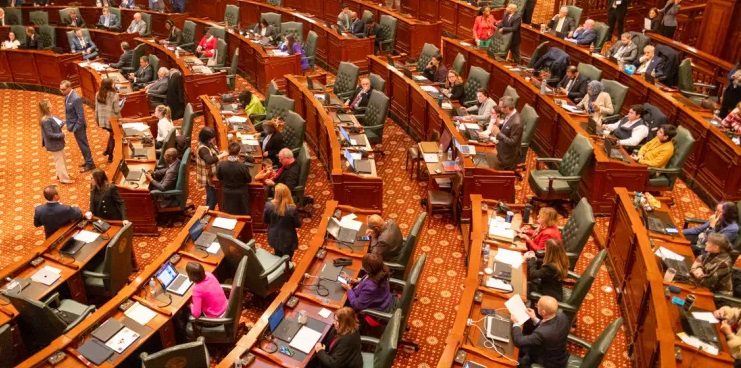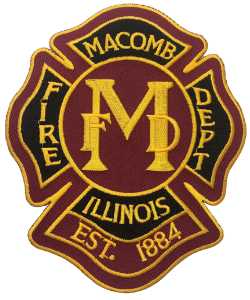High school and college basketball seasons are in the home stretch – March Madness is underway and the state of Illinois just crowned its high school champions. Meanwhile, baseball bats, softballs, and track hurdles are being taken out of storage to start those campaigns. Each of those sports brings glory and fun but also stress on your bones, joints, and muscles.
With sports being a year-round thing for many high school athletes, it’s importance to practice good orthopedic health.
Dr. James Murphy is an orthopedic surgeon for OSF HealthCare in Urbana, Illinois. He says high school athletes are still growing, so some pain is inevitable, especially if you’re jumping a lot.
“When you’re having pain that’s consistent and pain that’s very bothersome, get it looked into. Get it worked out,” says Dr. Murphy. “It’s probably nothing. It usually doesn’t mean any kind of surgery or anything else is indicated. But oftentimes it does indicate that maybe some icing or some sort of an over-the-counter medication might be indicated.”
Dr. Murphy also encourages athletes to be tough but not play through pain and risk greater injury.
“The practice of [playing hurt] is detrimental not only to the athlete but really to the team,” Dr. Murphy says. “Because if you’re the starting point guard of the basketball team but you’re playing with an ankle that’s 70%, the second string point guard is sitting there waiting for his opportunity. And I think that you owe it to your team to be honest with your trainer and say, ‘my ankle isn’t back 100% yet.’”
Dr. Murphy notes even high-paid NBA players take scheduled days off to nurse nagging injuries.
Dr. Robert Leb is an orthopedic surgeon who provides care through OSF HealthCare in Alton, Illinois. He says whether you’re an athlete with a defined offseason or a “weekend warrior” who tries a long run, you need to gradually build up your strength to avoid an overuse injury. For example, start with more walking than running, and over the course of weeks, reverse it to more running than walking.
“High school coaches are often telling their athletes, here’s what we want you to do on the offseason. Here’s the running you need to do. Here [are] your strength goals. Here [are] the flexibility things that we want you to work on,” Dr. Leb says. “And if you don’t have those goals, you should talk to your trainer, talk to your coach and get those so that when you do come back, you’re not coming back in a deconditioned state. And you don’t get an injury that ruins the rest of that season for you.”
Dr. Leb also says the cool down is just as important as the build-up. In other words, give yourself a good stretch after a workout.
“When you’re stretching a muscle, it’s a lot like pulling taffy or maybe stretching plastic,” Dr. Leb says. “You stretch it, it snaps back. You stretch it, it snaps back. But if you do it on a continuous basis over and over again, you can eventually get that taffy to pull out and stay out or get that piece of plastic to elongate and be more limber.”
Dr. Leb says for workouts on a bike, skateboard, or roller blades, wear a helmet. He often sees children fall off a bike, and their only major injury is a preventable one to the head.
OSF HealthCare OnCall locations are equipped to treat minor sports injuries. You can also find an OSF HealthCare provider near you and browse OSF HealthCare’s orthopedic resources.
***Report Courtesy of OSF HealthCare***














